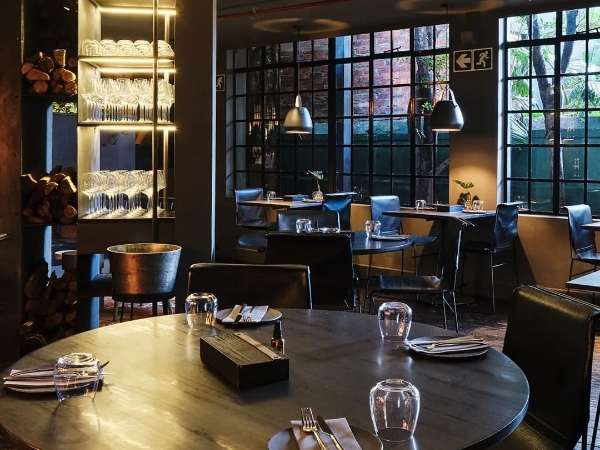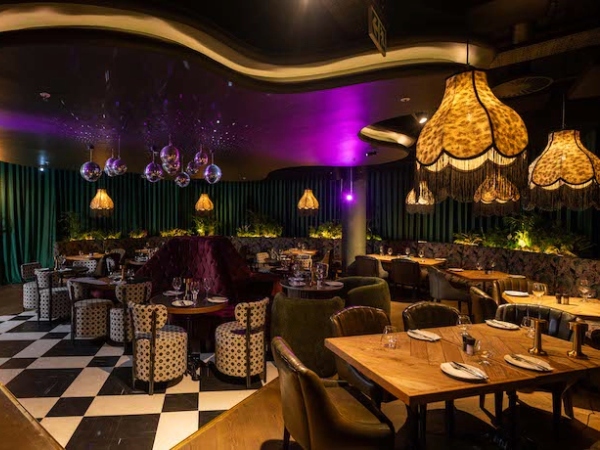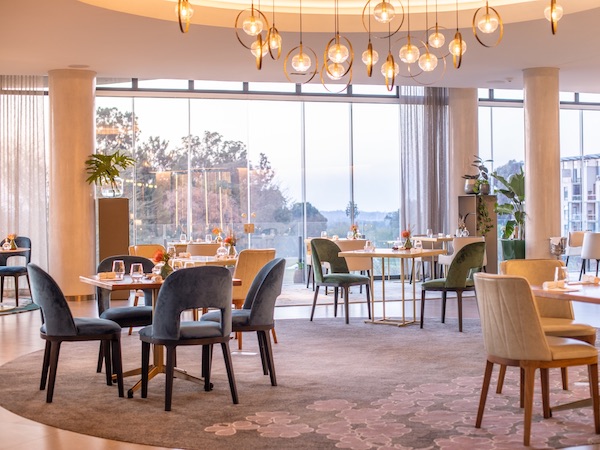News
Restaurant design: How this Durban hot spot was transformed from an old house to an upmarket eatery
Monday, July 10th, 2023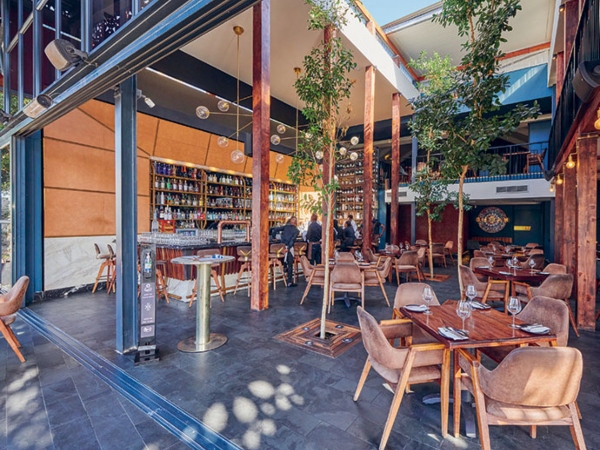
In South Africa, our cities don’t offer the experience of walking through narrow, cobbled streets of the “old city”, and suddenly finding yourself in a little square surrounded by restaurants and overlooked by balconies – that perfect intersection where commercial and public spaces meet. Nevertheless, that was the idea architect Richard Stretton of Koop Design had in mind when he designed Dukkah Restaurant & Bar on a corner of Florida Road in Durban. His task involved converting an old house into an upmarket restaurant, and he received a 2021 SAIA- KZN Award for Architecture for the project.
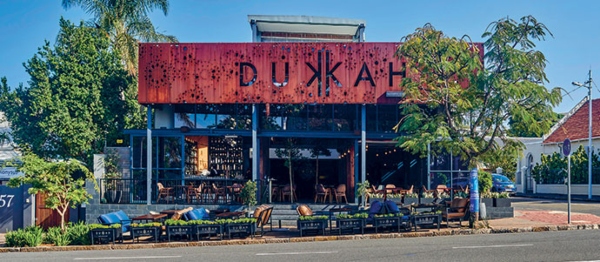
Given Dukkah’s location just south of the vibrant “Bohemian quarter”, as Richard calls it, the architectural interventions had to create something of a landmark and activate its section of the street, uplifting the area around it.
In the absence of a town square, Richard also had another kind of “civic structure” in mind that might work similarly: something more like old opera houses with grand internal spaces. They were as many theatre venues as spaces for a kind of public theatre of life to play out, activity spilling out onto the streets around them.
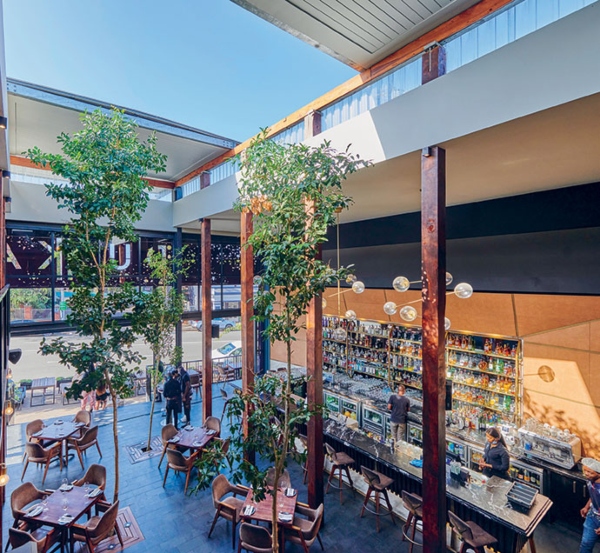
On a much more modest scale, he decided to try to fold this old-fashioned idea of the relationship between public and private areas into a modern restaurant, and his solution is more about clever and insightful use of space, scale and proportion than faux finishes. He took the 12-metre-wide stretch between the existing house and the pavement, where there was once a garden and a swimming pool, and turned it into a fantastic in-between space. His idea was to get the extension as close to the street as he could while creating an internal courtyard lined with a timber colonnade. It’s as if the street “flows into” an enclosed garden.
This courtyard, planted with trees, is in effect an extension of the street and has a retractable roof that opens to the sky. It is bordered by a double-volume bar on one side and restaurant seating on the other. On the restaurant side, a mezzanine level looks down over the courtyard, a bit like one of the old balconies on the square Richard had in mind when he started. The formality of the colonnade and impact of the double volume give it the “civic scale” he refers to, even though its proportions respect the old buildings around it.
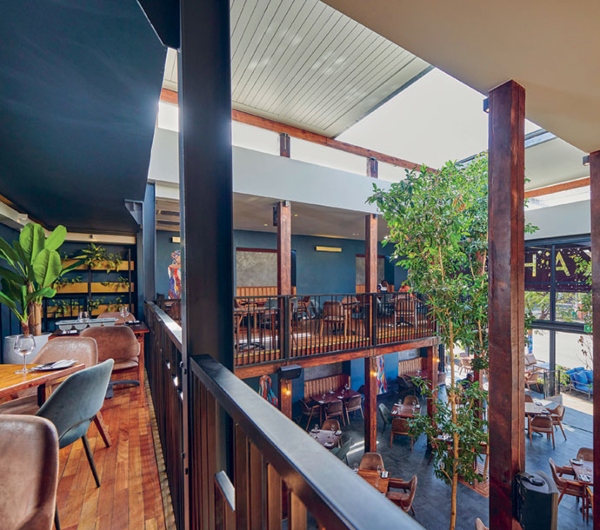
The perforated Corten- steel screen that shelters the courtyard from direct sun doubles as signage.
For the interiors, Richard has worked in a multitude of experiences – layers of “fully exposed, semi-exposed, slightly private and private” space, from the sidewalk and the double-volume bar to recessed booths and a private lounge upstairs. Other details that add to the richness of the experience include the polished slate flooring that leads inside, almost an extension of the sidewalk. And then there’s one of Richard’s favourite touches: the way the perforated Corten-steel screen that shades the courtyard from the morning sun doubles as signage for the restaurant. As he explains, by doubling up the screening and branding, by Michael Viljoen of Millhouse Design, it wasn’t necessary to “tack signage onto the building”. It’s a device with a “physical purpose” that gives the restaurant a strong presence and identity but is also respectful of the experience of people on the street.
The approach to that screen neatly encapsulates the success of the whole design: economical and functional, but effective and even grand, inviting you in. It shows you that creating a successful “going out” venue has more to do with scale, proportion and the manipulation of space, and the relationship between public and private areas, than fancy finishes. It adds to the life of the city.
This article first appeared in VISI. Images: Roger Jardine





